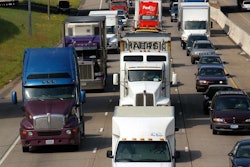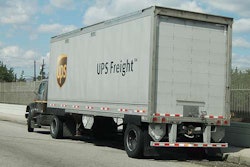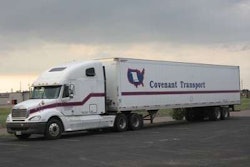Transportation Costing Group, a provider of activity-based costing and profitability management solutions for truckload and less-than-truckload motor carriers, announced the availability of the next generation of its Cost Information System, CIS/NG, a costing and profitability management solution for LTL carriers. TCG says the new software provides all of the same applications and functionality of the current LTL Cost Information System (LTL/CIS) with improved productivity and scalability to match capacity and performance needs.
“A primary design goal for CIS/NG was to help users be more productive with our system while preserving the accuracy and specificity for which LTL/CIS is known,” says Ken Manning, president of TCG. “CIS/NG offers very substantial performance improvements in all aspects of LTL costing operations.”
CIS/NG combines LTL motor carrier traffic and financial information, such as freight bills and user-built shipment description files, with carrier and/or industry performance standards to develop the cost of individual shipments. Results of shipment cost analyses are fully presented by CIS/NG and can be expanded to include any or all activities, such as pickup cost detail.
TCG says the new CIS/NG cost analysis software processes data more productively in several ways, including:
• Consolidating functions in a single Costing and Reporting application so users can cost shipments, generate traffic reports and import external shipment data within the same application;
• Costing and reporting operations that can run in the background, allowing continued use of the system while longer-running jobs are performed;
• A ver sophisticated search and replace functionality for shipment files;
• Several different ways to create representative sample shipments files for recosting purposes. Additional flexibility when extracting traffic shipments for recosting is provided during report design and after a traffic report has been generated;
• Sampling of traffic extracts for recosting, allowing for the creation of a user-selected targeted representative sample of bills from individual report grouping levels that is used to generate weight and revenue variances; and
• A Dynamic Grouping, a new type of reporting that allows users to report on traffic without presetting report criteria.











